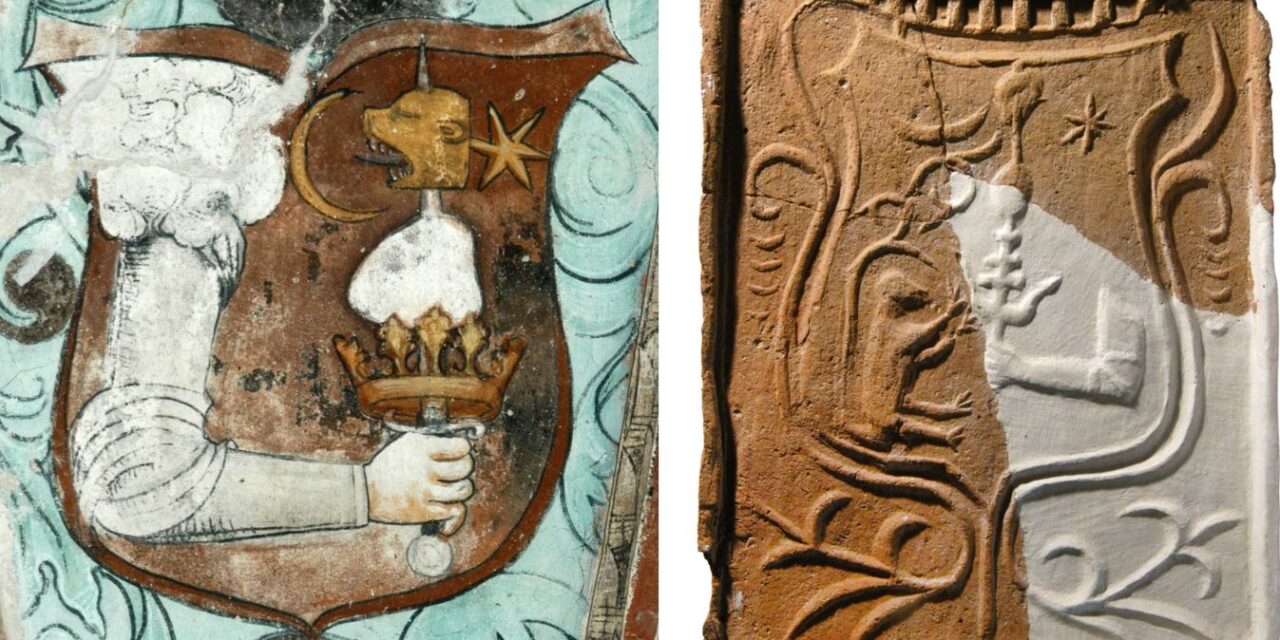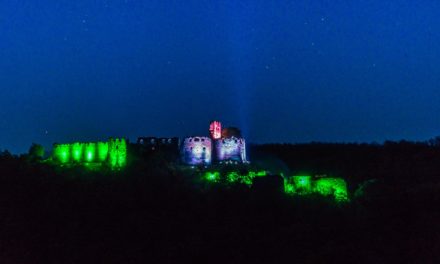According to Professor Elek Benkő, the new theories are only updates of the old ones, neither the Hun-Turkish origin nor the "fugitive Szeklers" theory can be maintained, and archaeogenetics will bring serious progress.
In recent weeks, Mandiner has presented several theories dealing with the origin of the Szeklers by asking the researchers who represent the theories. Now the newspaper asked the most outstanding expert on the subject, the undisputed expert Elek Benkő, research professor at the HUN-REN BTK Institute of Archeology and a regular member of the Hungarian Academy of Sciences.
First, he gave his opinion on what he thinks about the "fugitive Szeklers" theory,
according to which the Székely ethnic group could have formed from people fleeing their original place of residence who were afraid of their freedom from the royal power in the 11th-12th centuries. century, and their identity was formed as a result of a self-organizing process, like the Cossacks?
"It is common knowledge that the little we know about the old Szeklers and their even older history - their "prehistory", their "origins" - is based on the research of archaeologists, historians, anthropologists, and more recently molecular biologists, in addition to linguists.
These details are related to each other in various ways and slowly come together into some kind of web or fabric. It is interesting how each new theory behaves in this multidimensional structure - I emphasize: the theory of the "fugitive Szeklers" is also a theory, a combination that we cannot support with solid facts and data. I would like to point out that there is no question of a new theory, the international and Hungarian research of the past two centuries has dealt with the possible possibilities in several circles and with varying success, the new aspects can at best bring new, updated versions of the older views to life".
The research professor said: he considers it conceivable that the 11th-century "wandering" that developed as a result of the throne wars and pagan rebellions - the real dimensions of which are unknown due to the lack of sources - could also have brought among the Szeklers people who were not considered Szeklers in terms of their origin or legal status, however, their number could not be outstanding.
"Nevertheless, it seems that the early settlement history of the Szeklers in the Carpathian Basin does not encompass naturally formed settlement areas, but scattered and settlements directed to places of strategic importance, thus reflecting a royal will that can be interpreted from the point of view of border and deep country defense, which certain centers of power ( for example, it included securing the area of Várad and Gyulafehérvár), he added.
"Knowing the ruling power of the Árpád era, it seems unlikely that we should think of a self-organizing process instead of a royal organization, when those fleeing from the new type of legal system of the young kingdom, according to this theory, occupied extensive but peripheral lands, and then these acquisitions were taken over by the Árpád rulers - to the detriment of the rights of others - would have been recognized with privileges, giving this crowd of presumably mixed legal status a unified freedom, which contradicts everything we know about the nature of the royal power of the time" - pointed out Elek Benkő, whose most serious objection is of an archeological and settlement history nature: today, when Transylvania We know the archaeological material from the Árpád period much better than decades ago, we do not see any archaeological evidence that a new, significant population moved to the later Székelyföld in the course of the 11th century, or perhaps at the beginning of the 12th century, apart from the Hungarians living within the county.
"The archaeological traces of this only appear decades later, from the middle of the 12th century to the 13th century, but this process - which rearranged the settlement history of Southern Transylvania and Székelyföld - took place in a completely different context, coordinated with the steps of the Saxon settlement," he pointed out. .
According to another theory based on Chinese sources, the Szeklers come from Mongolia, they came to the Carpathian basin with the Huns, they spoke Turkish, then they joined the conquering Hungarians due to strategic reasons and a possible common Hun tradition.
Elek Benkő said the following about this theory:
"This idea is not the invention of Hakan Aydemir, a university lecturer in Istanbul, but an improved version of one of the powerful strands of old Hungarian research, with the Turkish-speaking Hun-Szeklers who retreated to Transylvania after the collapse of the Hun Empire. This view, which at the time was strongly embraced by Bálin Hóman - he believed the Székelys to be the "original occupiers" of Transylvania - was now supported by the Turkish researcher with the help of Chinese sources, although from the writings available to me, it is not
it becomes clear why the distant peoples with more or less similar names in the sources can be considered Székely at all.
In any case, the author is extremely confident in his solution, according to his own statement, "once and for all, he removes the Székely question ... from the list of unsolved problems". He claims with self-evident naturalness that after the battle near the mysterious Nedao River, the Huns, who later became Szeklers, settled in the southeastern corner of Transylvania, in the area of Székelyudvarhely and Háromszék, integrated into the Avar empire, and then, after its disintegration, expanded their archaic Turkish language with Bulgarian-Turkish elements. After the Hungarian conquest, they gradually adopted the Hungarian language, they may have lost their original "Szekely-Turkish" language at the end of the 12th century or the beginning of the 13th century".
According to Benkő, "all of this is perhaps simple and clear when viewed from Istanbul. The "only" problem is that one of the above archaeologically well-researched areas, dating back to AD From the 5th century through the Middle Ages to the present day, no traces of the continuously present population can be found, and we cannot prove its existence archaeologically. On the contrary, the finds here from the migration period and the early Árpád period reflect the large-scale variability of the settlement order and population size, where the period before the Avar age represents the absolute lowest point from the point of view of settlements. Our excavations for the purpose of ecohistory did not confirm a continuous habitation in a place with a significant population, even though the natural science examination of the former sediments accurately reflects the intensity of deforestation and grazing, and therefore the weight of the human presence and the accompanying environmental effects - without, of course, knowing anything about the ethnic-linguistic conditions. they would also say".
The full article can be read on the Mandiner website
Cover image: Old Székely coat of arms of Székelydálya ref.
on a church mural (Udvarhelyszék) and on a stove tile in Csekefalv (Keresztúrszék), early 16th century
Source: Mandiner













